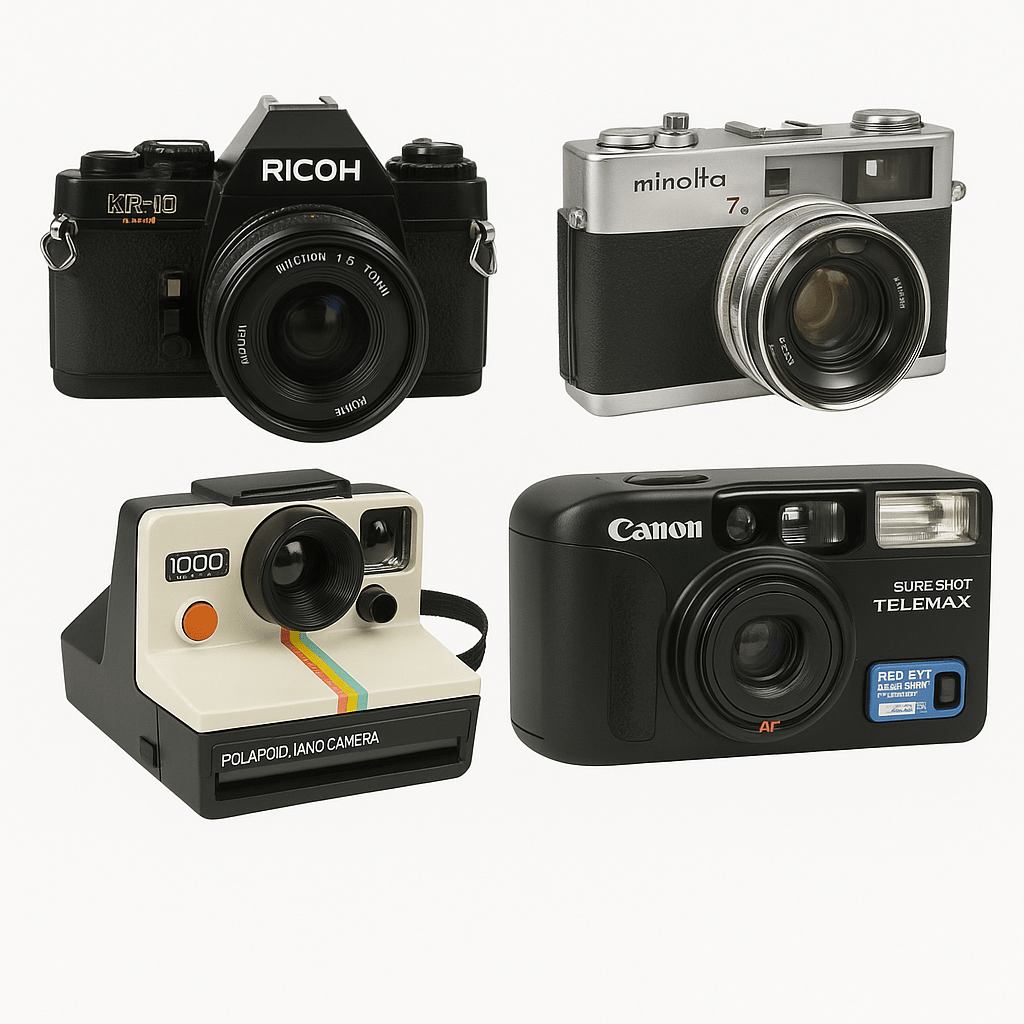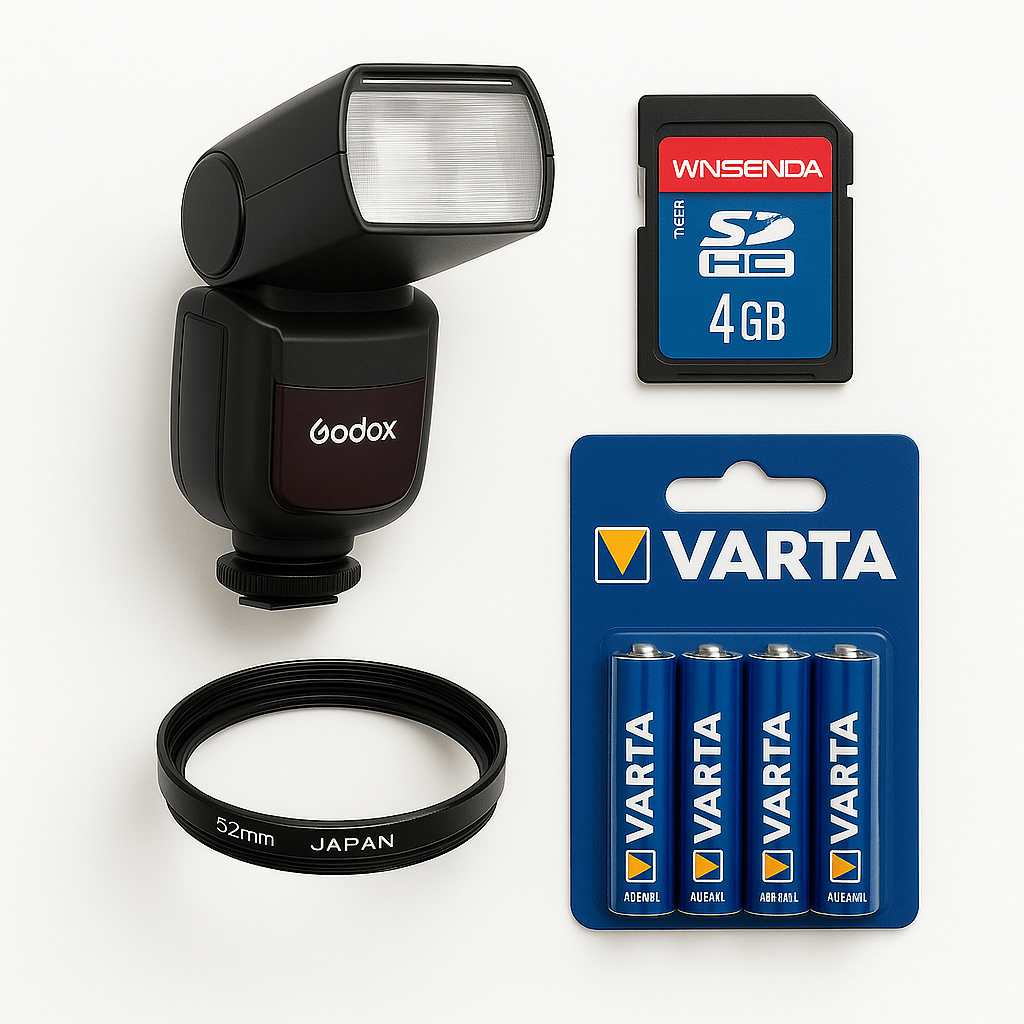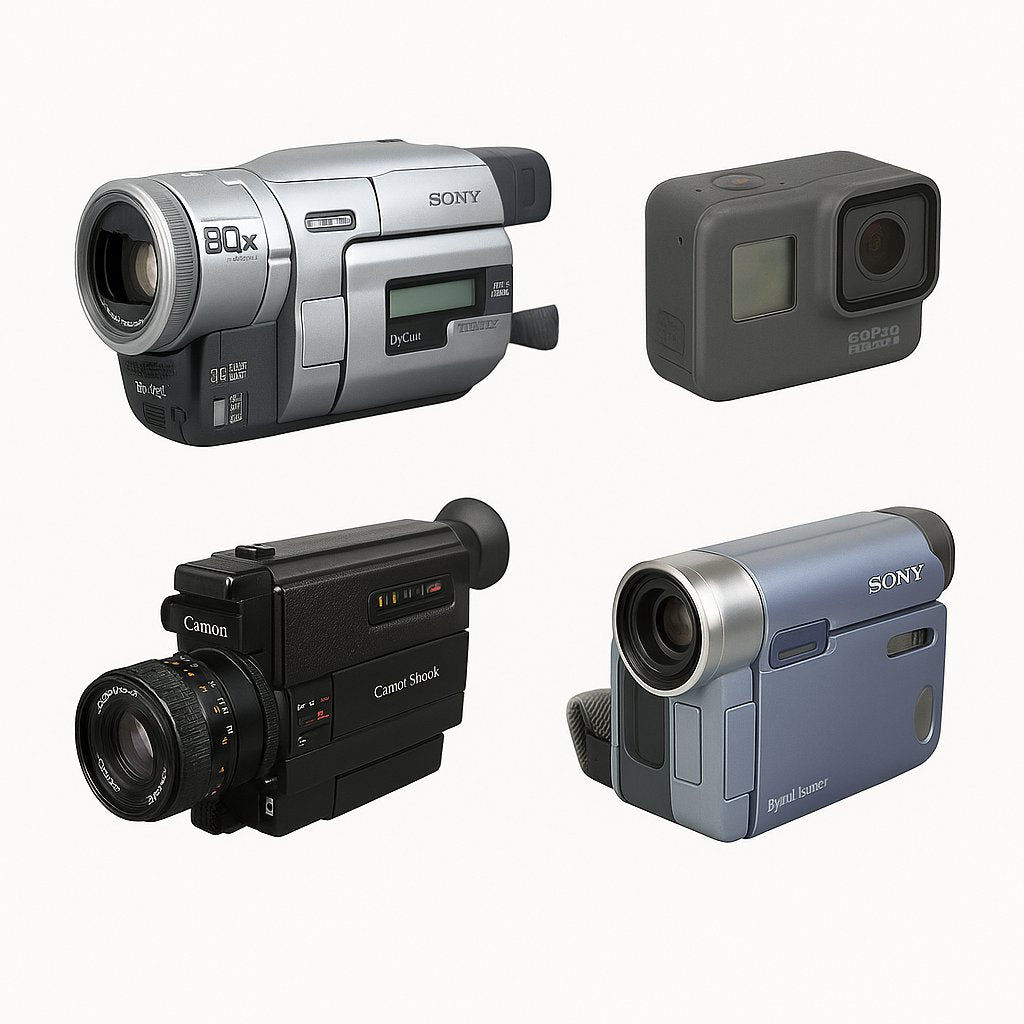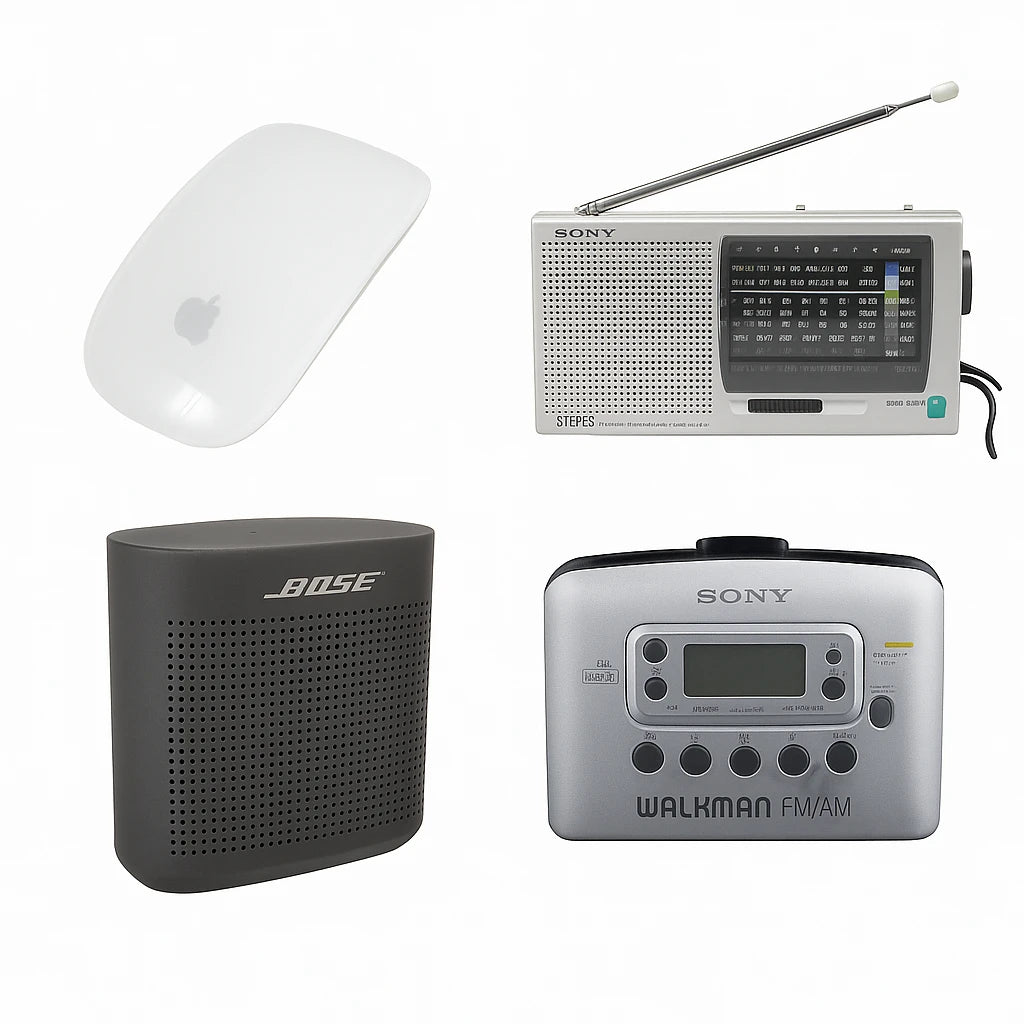Why Aesthetics Matter in Photography Today
This section explores why visual style continues to define photographic meaning in 2025.
Photography is more than documentation—it’s an interpretive medium. The line between analog and digital isn’t just about technology, but emotional impact. The resurgence of explore analog cameras in creative circles underscores how aesthetics shape modern culture.
I still remember the first time I saw a print where film grain softened a sunset. That subtle texture told a story no megapixel could replicate.

Analog Photography Aesthetics in 2025
Here’s what analog brings to the table for aesthetics in 2025.
Film’s organic grain, tangible negatives, and one-of-a-kind exposures remain invaluable. In 2025, artists lean toward imperfection as a design element. Choosing a roll of film feels like setting a creative mood before you even press the shutter.

- Choose film stocks for grain and contrast that align with your vision.
- Store rolls carefully—heat and humidity shorten film life.
- Develop boldly: send to trusted labs or find classic SLR film cameras and DIY darkroom setups.
On one shoot, my negatives had light leaks along the edge. Instead of frustration, those streaks created a dreamlike wash that perfectly framed the subject. It felt less like an error and more like collaboration with chance.
Pros
- Tactile negatives and prints create unique artifacts.
- Imperfections add charm and narrative character.
- Film grain enhances mood and timelessness.
Cons
- Slower workflow and higher learning curve.
- Costs more time and material per frame.
- Requires careful storage and lab services.
Digital Photography Aesthetics in 2025
This section highlights how digital photography continues to evolve visually and practically in 2025.
Digital cameras still rule for sharpness, immediacy, and infinite editing flexibility. Advances in AI-assisted editing mean you can remake a scene within minutes. For rapid client deliverables, digital remains unmatched. You can also browse digital cameras suited for every project need.

I once had less than 24 hours to deliver a full editorial spread. Shooting digital with instant tethering saved the project—clients could approve images on the spot, freeing me for more creative risks.
Pros
- Instant feedback and delivery.
- Extensive editing options.
- Lightweight workflow—no rolls or chemicals.
Cons
- Can feel sterile or overly clinical.
- Easy to over-edit and lose authenticity.
- Depreciates faster as technology advances.
Side-by-Side Aesthetic Comparison
This section compares analog and digital aesthetics directly, highlighting when to combine them in 2025.
Think of analog as a storytelling palette—grain and imperfections spark nostalgia. Digital, by contrast, works with exacting clarity. Many creators blend both: film inspires, digital finalizes.

| Name | Best for | Spec | Look/Result | Latitude/Usability | Notes |
|---|---|---|---|---|---|
| Purist 35mm Film | Personal projects | ISO 100–800 | Grain-rich, organic | Medium | Unrepeatable exposures |
| Super 16 Film | Cinematic work | ISO 200 | Strong grain, vintage tone | Low | Specialist workflows |
| Compact Digital Mirrorless | Travel, events | 24–50MP | Crisp, ultra-clear | High | Instant review, portable |
| Hybrid Digital + Vintage | Creative blends | Film + scan | Analog feel, digital ease | High | Best of both worlds |
Attribute ratings (0–5)
Indicative ratings to guide expectations; your lighting and processing choices matter most.
Choosing Between Analog and Digital in 2025
Here’s how to decide which medium—and aesthetic—is right for you this year.
Your choice depends on vision and resources. Analog works beautifully for art prints, portraits, and soulful projects. Digital excels in efficiency and commercial environments. Many photographers invest in both systems to remain adaptable.
I once had to decide for a wedding job: analog would have created dreamy textures, but given the couple wanted 2,000 instant shots online, digital was the right call.
Quick Decision Guide
- Choose analog if you want storytelling texture and creative serendipity.
- Go digital if you need speed, clarity, and editable output.
- Adopt hybrid workflows if you want best of both worlds without strict tradeoffs.
FAQs
- What are the aesthetic differences between analog and digital photography in 2025?
- Analog emphasizes film grain, texture, and uniqueness. Digital excels in sharp detail, clarity, and extensive editing versatility.
- Is analog photography still relevant for creative projects?
- Yes, analog is valued for its nostalgic look, tactile workflow, and distinctive qualities that inspire artists.
- How do maintenance needs differ for analog vs digital cameras?
- Analog requires film handling and occasional mechanical servicing. Digital demands sensor cleaning, battery care, and software updates.
- Which medium captures artistic aesthetics better in 2025?
- It depends on your vision—analog offers warmth and unpredictability, while digital offers precision and flexibility.
- Can analog and digital photography be combined creatively?
- Yes. Many creators shoot film for texture and nostalgia, then digitize frames for editing or sharing.
Start Your Creative Journey
Experiment with both aesthetics: explore our cameras and accessories. Whether you’re drawn to tangible negatives or pixel-perfect clarity, 2025 is the year to expand your creative reach.










0 comments